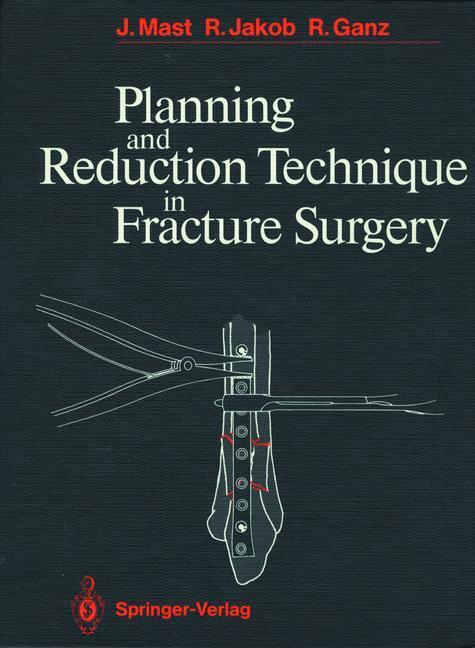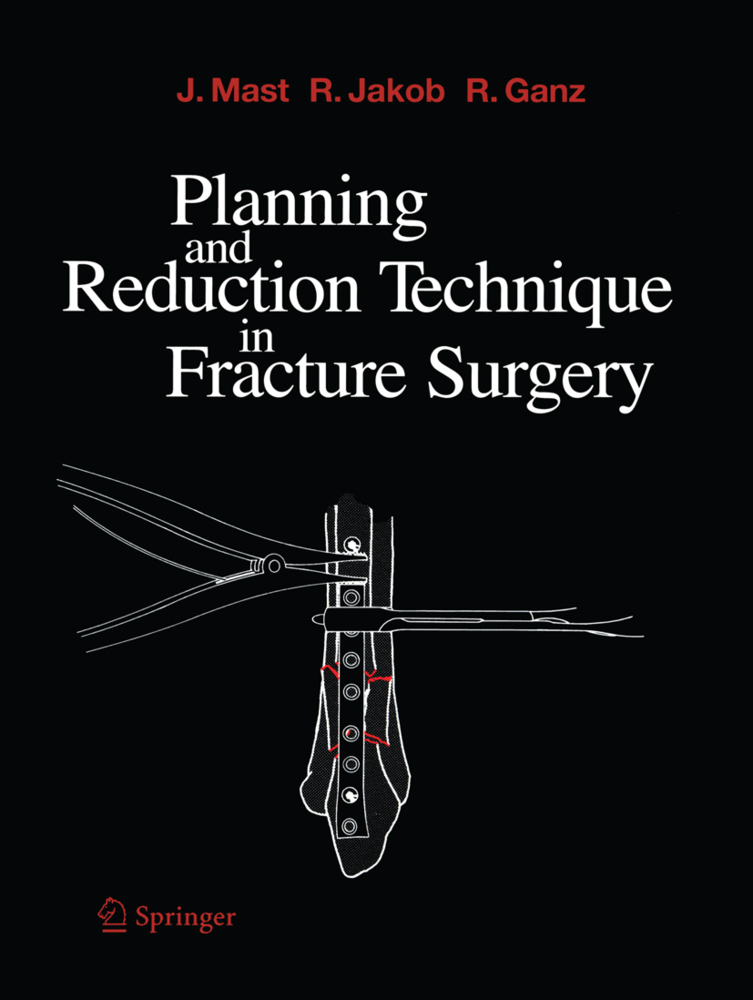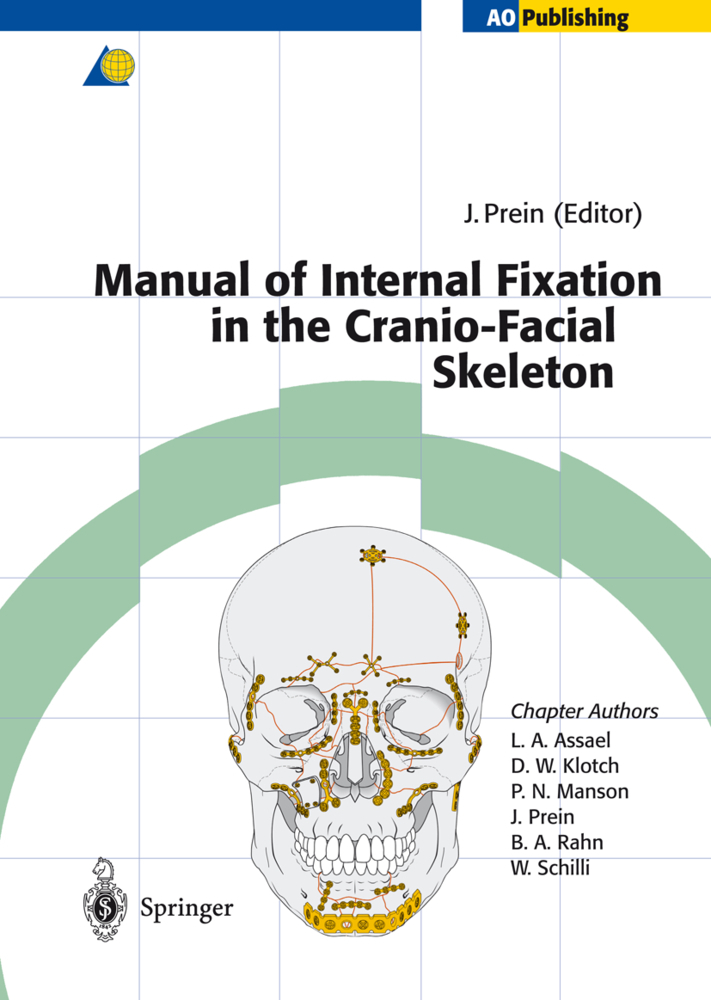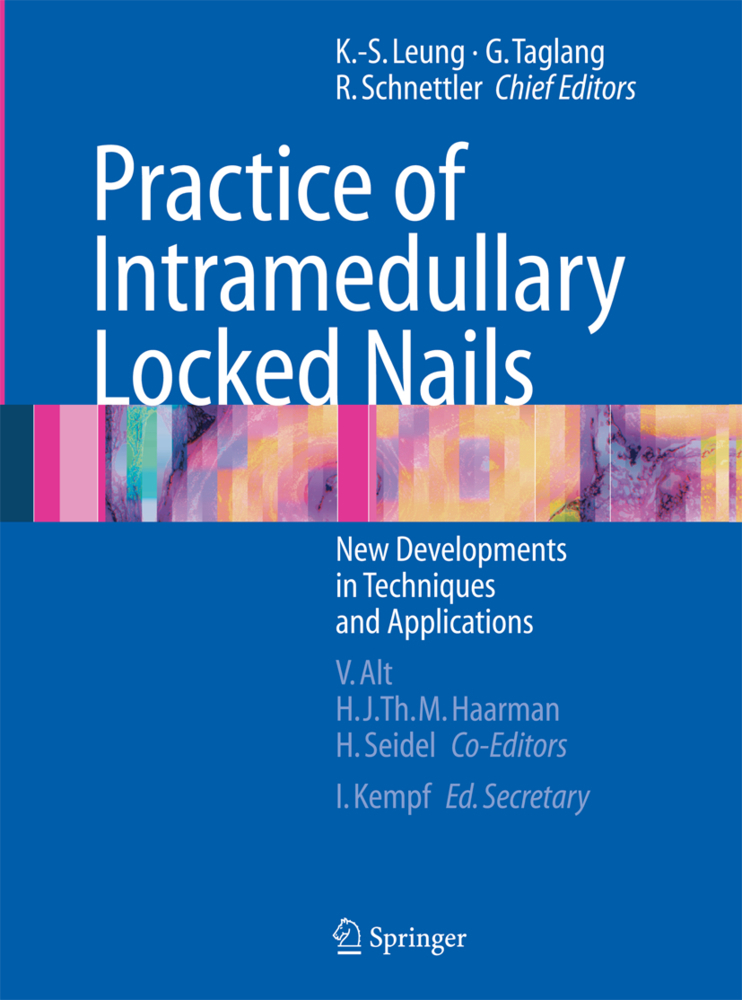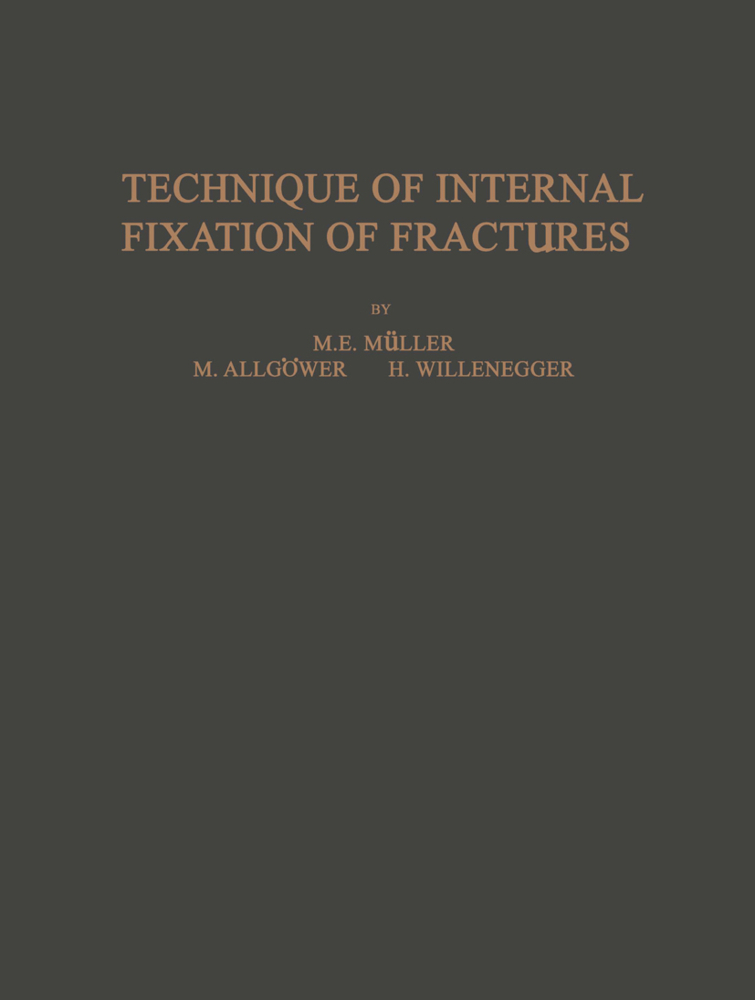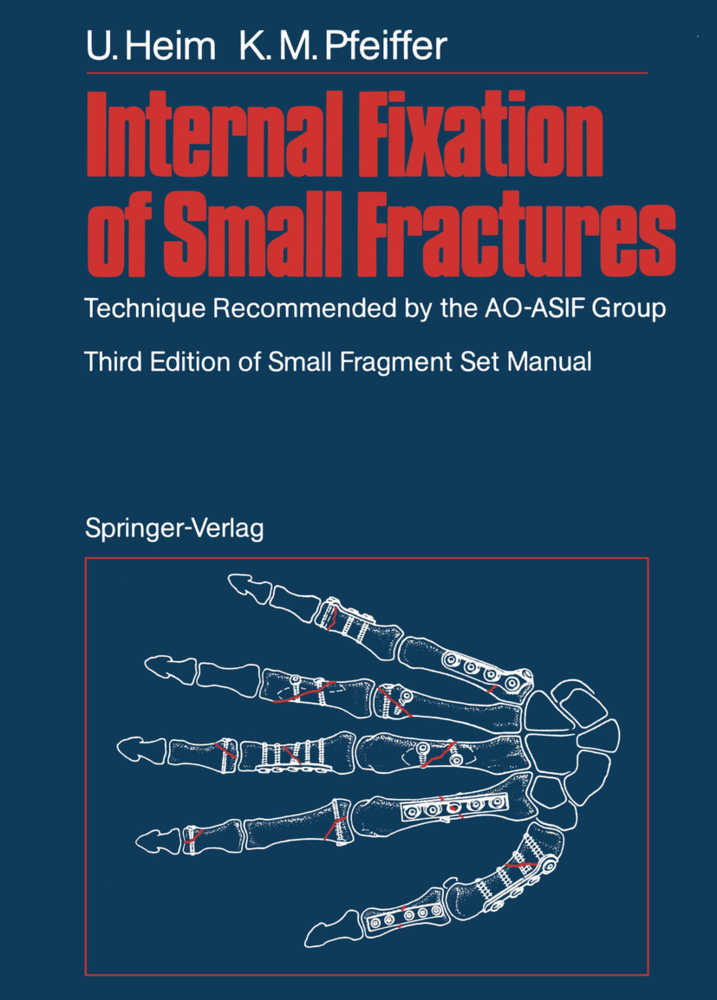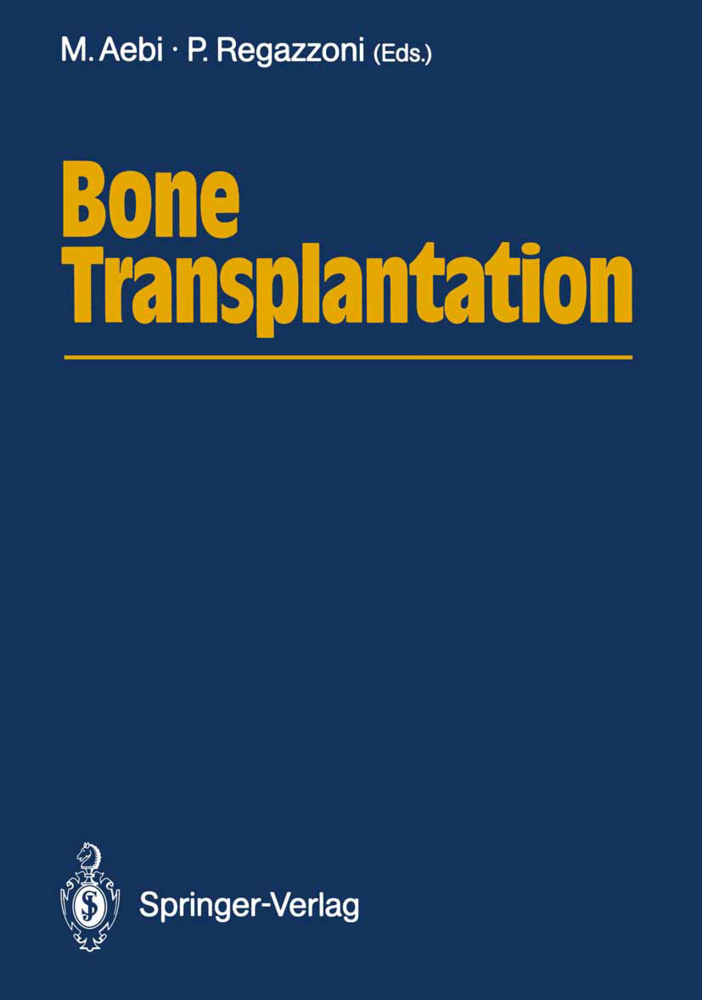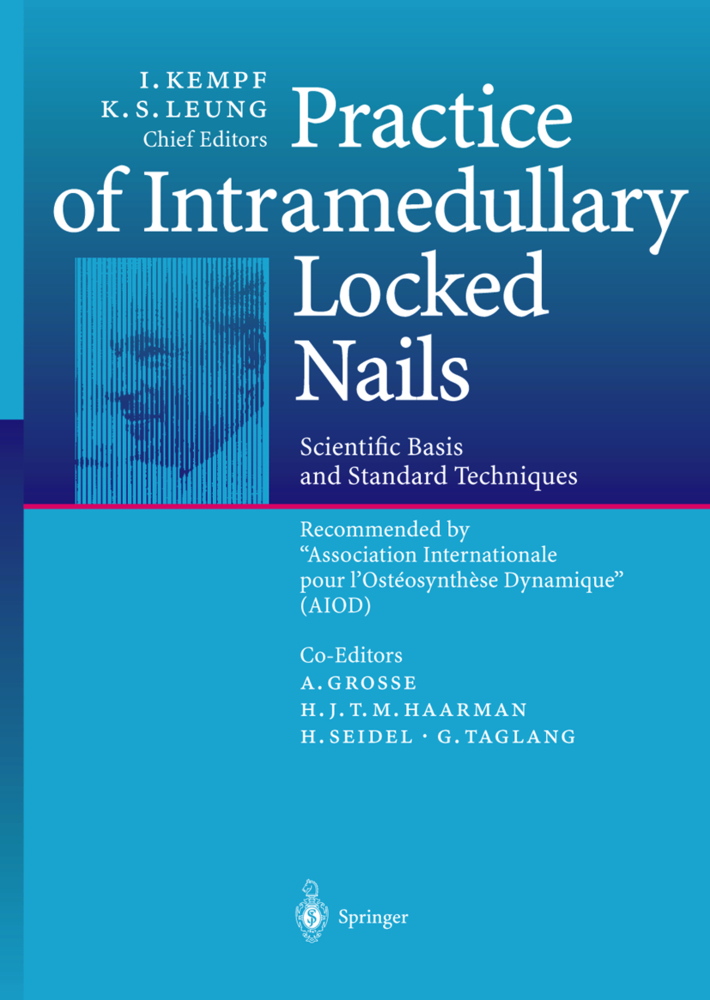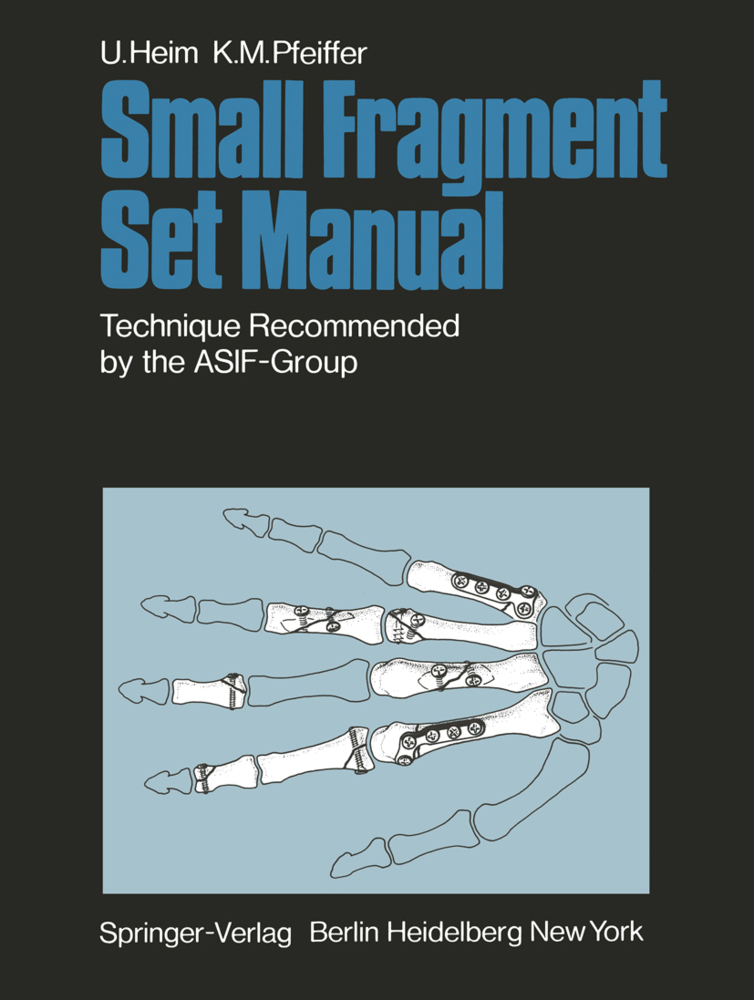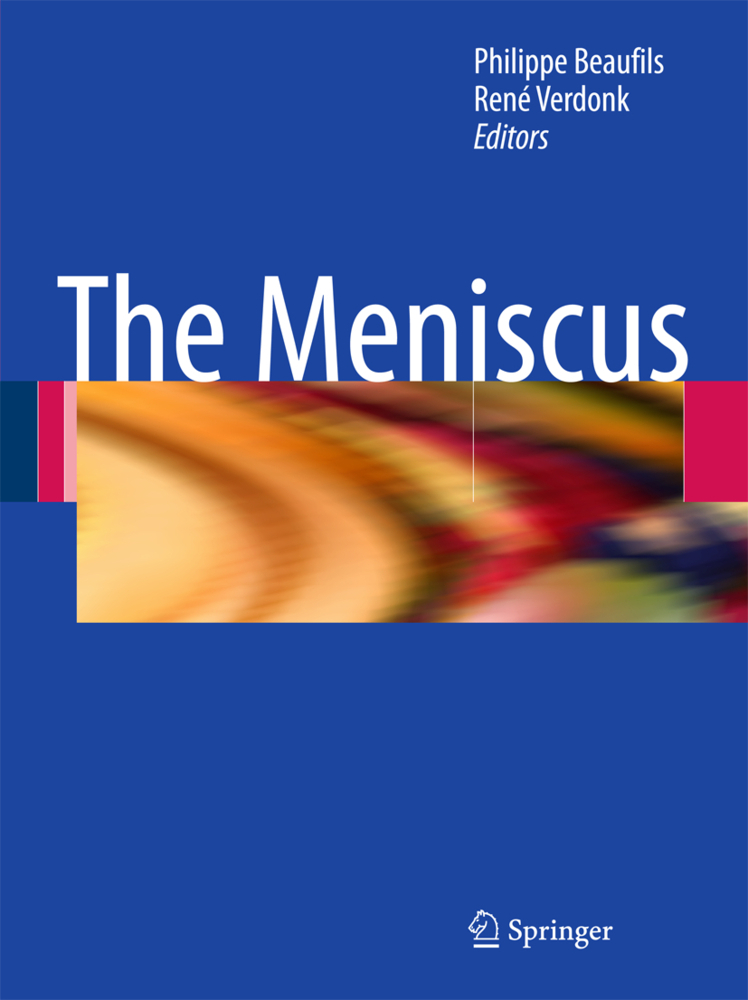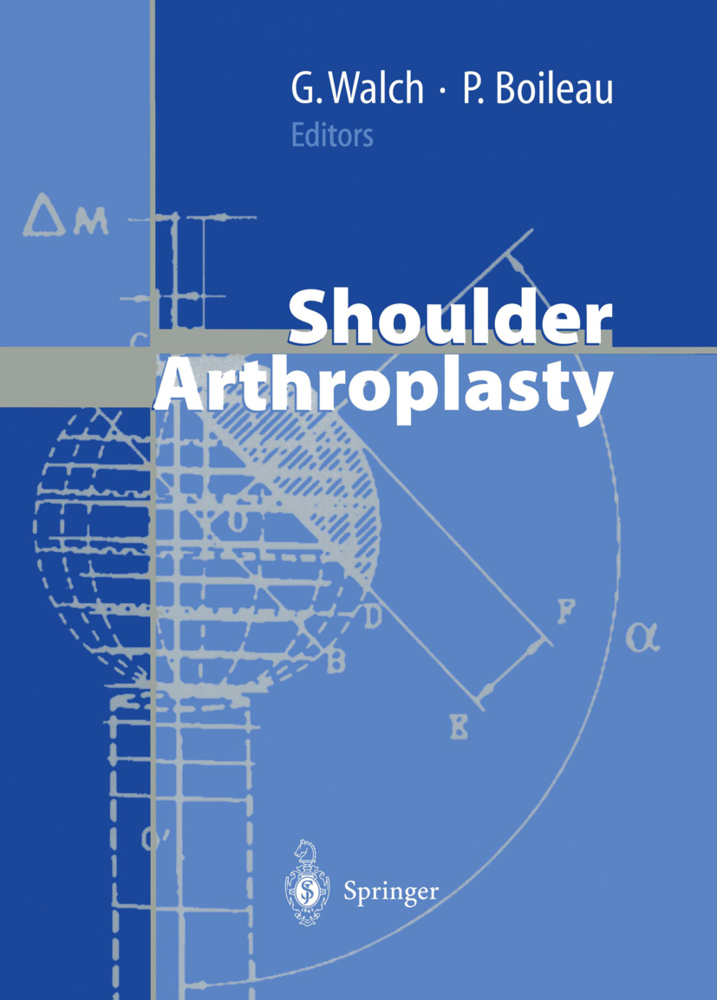Planning and Reduction Technique in Fracture Surgery
Planning and Reduction Technique in Fracture Surgery
During the past 30 years, the Study Group for the Problems of Osteosyn thesis (AO) has made decisive contributions to the development of osteo synthesis as a surgical method. Through close cooperation among special ists in the fields of orthopedic and general surgery, basis research, metallurgy, and technical engineering, with consistently thorough follow up, it was possible to establish a solid scientific background for osteosyn thesis and to standardize this operative method, not only for the more ob vious applications in fracture treatment, but also in selective orthopedics where hardly any problems relating to bone, such as those with osteoto mies can be solved without surgical stabilization. Besides the objective aim, the AO was additionally stimulated by a spirit of open-minded friendship; each member of the group was recruited according to his pro fessional background and position, his skills, and his talent for improvisa tion. Against this backdrop without even mentioning the schooling program well known throughout the world I should like to add some personal and general comments. This book is written for clinicians, instructing them how to perform osteo synthesis with special reference to plating in all its varieties and in strict accordance with the biomechanical and biological aspects and facts. From this point of view, the chapter on preoperative planning merits par ticular emphasis. Not only is it conductive to optimal surgery, it will also contribute to self-education and may found a school.
Fractures and Post-traumatic Residuals
Osteotomies
The Goals of Planning
Preoperative Planning by Direct Overlay Technique: The Making of a Jigsaw Puzzle
Preoperative Planning of an Acute Fracture Using the Sound Side: Solving the Jigsaw Puzzle
3: Reduction with Plates
Using a Straight Plate as a Reduction Aid
Reduction of a Distal Third Oblique Fracture of the Tibia by Means of an Antiglide Plate
Fractures of the Fibula
Forearm Fractures
Acetabular Fractures
Using the Angled Blade Plate as a Reduction Tool
Proximal Femur
Summary
4: Reduction with Distraction
The Femoral Distractor
The External Fixator in Reduction and Internal Fixation of Os Calcis Fractures
The Minidistractor
Summary
5: Substitution
Combined Internal and External Fixation
Composite Fixation
Summary
6: Tricks
Tricks with Instruments
Tricks with Implants
References.
1: Rationale
2: Anticipation (Preoperative Planning)Fractures and Post-traumatic Residuals
Osteotomies
The Goals of Planning
Preoperative Planning by Direct Overlay Technique: The Making of a Jigsaw Puzzle
Preoperative Planning of an Acute Fracture Using the Sound Side: Solving the Jigsaw Puzzle
3: Reduction with Plates
Using a Straight Plate as a Reduction Aid
Reduction of a Distal Third Oblique Fracture of the Tibia by Means of an Antiglide Plate
Fractures of the Fibula
Forearm Fractures
Acetabular Fractures
Using the Angled Blade Plate as a Reduction Tool
Proximal Femur
Summary
4: Reduction with Distraction
The Femoral Distractor
The External Fixator in Reduction and Internal Fixation of Os Calcis Fractures
The Minidistractor
Summary
5: Substitution
Combined Internal and External Fixation
Composite Fixation
Summary
6: Tricks
Tricks with Instruments
Tricks with Implants
References.
Mast, Jeffrey
Jakob, Roland
Ganz, Reinhold
Willenegger, H.
Imken, J.P.
| ISBN | 978-3-540-16283-4 |
|---|---|
| Artikelnummer | 9783540162834 |
| Medientyp | Buch |
| Copyrightjahr | 1988 |
| Verlag | Springer, Berlin |
| Umfang | XIV, 254 Seiten |
| Abbildungen | XIV, 254 p. 264 illus., 121 illus. in color. |
| Sprache | Englisch |

